The 723 Umayyad Gold Dinar is a remarkable artifact that provides a window into the history of the Umayyad Caliphate, one of the early Islamic empires. This gold coin, issued during the reign of Caliph Hisham ibn Abd al-Malik, holds historical, cultural, and numismatic significance. In this article, we will delve into the fascinating story of the 723 Umayyad Gold Dinar and its place in the annals of Islamic history.
The Umayyad Caliphate
The Umayyad Caliphate was one of the first major Islamic empires, ruling from 661 to 750 CE. It was founded by Caliph Muawiya I after the First Islamic Civil War and was based in Damascus, Syria. The Umayyads played a pivotal role in shaping the early Islamic world and expanding the empire’s influence across North Africa, the Middle East, and Spain.
The Reign of Caliph Hisham ibn Abd al-Malik
Caliph Hisham ibn Abd al-Malik ruled the Umayyad Caliphate from 723 to 743 CE. His reign was marked by a period of relative stability and prosperity within the empire. Hisham is known for his efforts in governance, including administrative reforms and patronage of the arts and sciences.
The 723 Umayyad Gold Dinar
The 723 Umayyad Gold Dinar, also known as the Hisham Gold Dinar, is a gold coin that was minted during the reign of Caliph Hisham. This coin is celebrated for its exceptional craftsmanship and intricate design, reflecting the wealth and cultural sophistication of the Umayyad Caliphate during this era.
Design and Symbolism
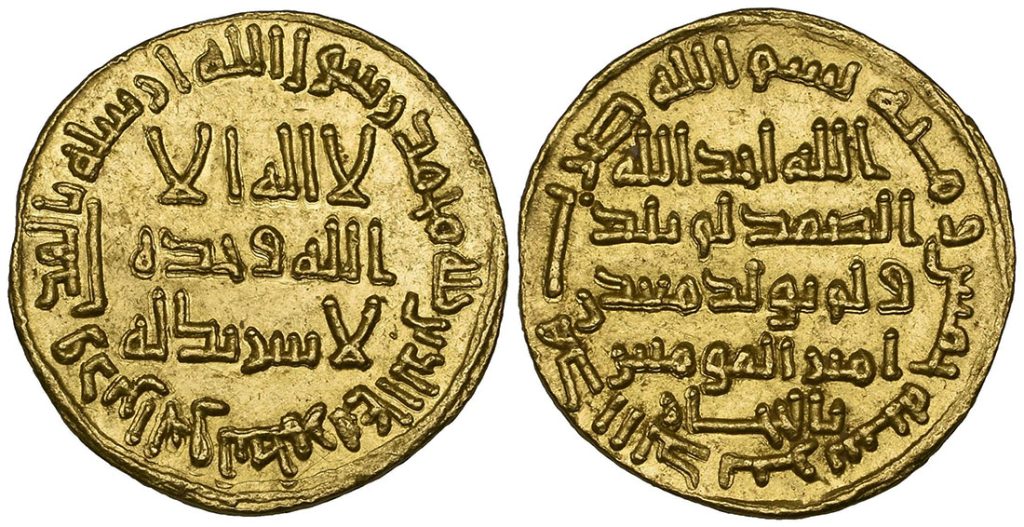
The obverse (front) of the 723 Umayyad Gold Dinar features an elegant Arabic inscription that reads, “There is no god but Allah alone. He has no partner.” This declaration is a fundamental tenet of Islam and a testament to the monotheistic beliefs of the Umayyads.
The reverse (back) of the coin displays an Arabic inscription with the name of Caliph Hisham ibn Abd al-Malik. This inscription is enclosed within a decorative circular border, adding to the coin’s aesthetic appeal.
Historical Significance
The 723 Umayyad Gold Dinar is significant for several reasons:
- Artistic Excellence: The coin is renowned for its exceptional craftsmanship and artistic beauty. Its intricate calligraphy and design demonstrate the Umayyad Empire’s appreciation for aesthetics and culture.
- Cultural Legacy: The coin serves as a cultural artifact, providing insights into the Islamic art and calligraphy of the time.
- Historical Record: The coin bears the name of Caliph Hisham, offering a tangible connection to a specific period in Islamic history. It serves as evidence of the Umayyad Caliphate’s prosperity and administrative achievements.
- Numismatic Value: The 723 Umayyad Gold Dinar is highly sought after by collectors and numismatists due to its historical and aesthetic appeal. Well-preserved specimens can command significant prices at auctions. The coin fetched 3.7 million pounds at auction in 2011, the second-most expensive ever sold at auction. In 2019, another version of the coin was sold for the same amount.
In conclusion, the 723 Umayyad Gold Dinar is not just a coin, it is a testament to the artistic, cultural, and historical richness of the Umayyad Caliphate. It reflects the sophistication of Islamic civilization during the reign of Caliph Hisham ibn Abd al-Malik and serves as a tangible link to the past. This coin stands as a reminder of the enduring legacy of the early Islamic empires and their contributions to art, culture, and numismatics.

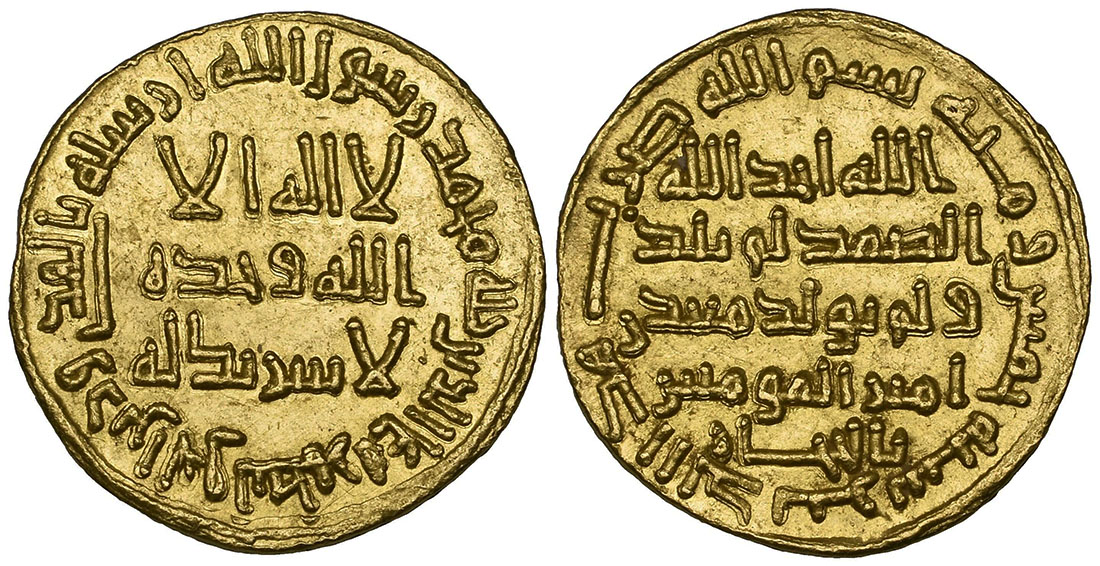




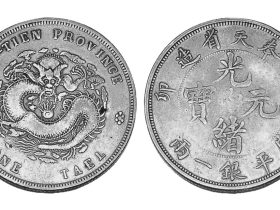
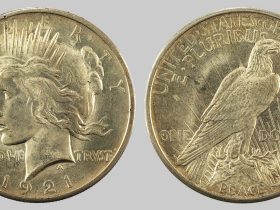

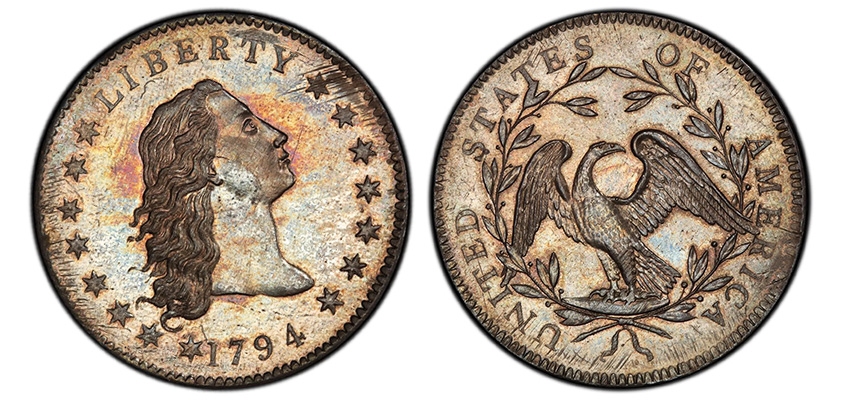

Leave a Reply